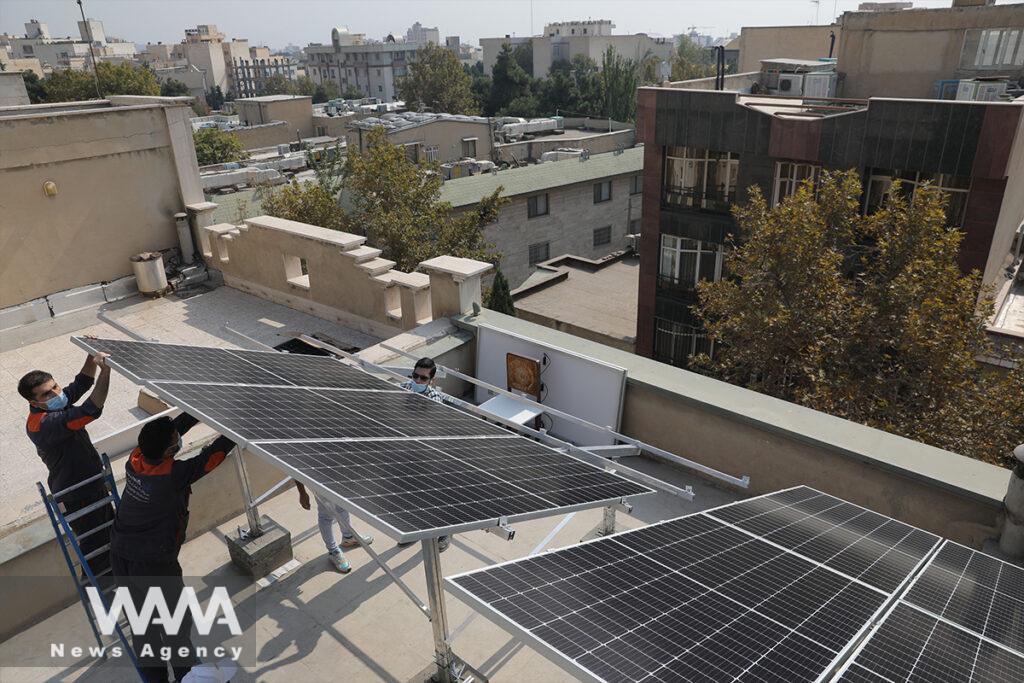Iran’s Climate Meltdown: Droughts, Migration, and Hope
WANA (July 23) – Climate change is not just a distant threat; it’s here, and it’s hitting us hard. From heatwaves to floods, the changes in our climate are shaking up life all over the world, including in Iran.
One of the biggest impacts of climate change in Iran is on agriculture. Water shortages are getting worse, making farmers’ lives hard. In Khuzestan Province, the drought has been so severe that it sparked protests as people’s crops and livelihoods dried up.
Farmers in Isfahan province, central Iran, are seeing their fields turn barren because there is not enough water to grow crops. This is a tough time for many who depend on the land for their survival.
People on the Move
When the land dries up and the water disappears, people have no choice but to move. Iran is seeing more people leaving rural areas for cities because they can’t make a living on their land anymore.
Take Lake Urmia, for example. Once a beautiful, full lake, it’s now mostly dry, forcing thousands of people to leave their homes in search of water and work in places like Tabriz and Urmia City.
This shift is putting a lot of pressure on cities, making it harder to find housing, healthcare, and jobs.
Health Implications
The heat and pollution are making us sick, too. Heatwaves are becoming more frequent, and with them come more cases of heatstroke, especially in places like Sistan and Baluchestan region.
Last summer, the heat was so intense that local hospitals were overwhelmed with patients suffering from heat-related illnesses.
And let’s not forget the dust storms in the southwest, which are causing breathing problems for many people. It’s a tough situation, especially for the elderly and kids.
The Gap Widens
Climate change isn’t hitting everyone equally. Those with less money and fewer resources are struggling the most. Many of these people live in areas that are hit hardest by the changing climate, with little support to help them adapt. In South Khorasan, for instance, villagers are dealing with severe water shortages and economic hardships.
Iran needs policies that help these vulnerable communities and ensure they have what they need to survive and thrive.
Innovative Solutions and Resilience
Despite all these challenges, there are also glances of hope and innovation. Iran is making strides in renewable energy.
In Yazd Province, solar panels are popping up everywhere, not just providing clean energy but also creating jobs for local people. These projects are a great example of how we can tackle climate change while boosting the economy and improving lives.

Technicians install solar panels on a residential rooftop in Tehran, Iran October 11, 2020. Picture taken October 11, 2020. Majid Asgaripour/WANA (West Asia News Agency)
Global Cooperation
Climate change is a global problem, and solving it means working together. Iran is part of international efforts, like the Paris Agreement, which aims to cut down greenhouse gas emissions and push for more sustainable practices. Our steps towards using more renewable energy and reducing emissions are crucial for meeting these global goals.
Climate change is a big deal, and it’s hitting us where we live. But by understanding its effects and coming up with intelligent, local solutions, we can make it through this time.
Iran has a lot of work ahead, but with innovation, cooperation, and a bit of community spirit, they can build a future that’s sustainable and fair for everyone.














